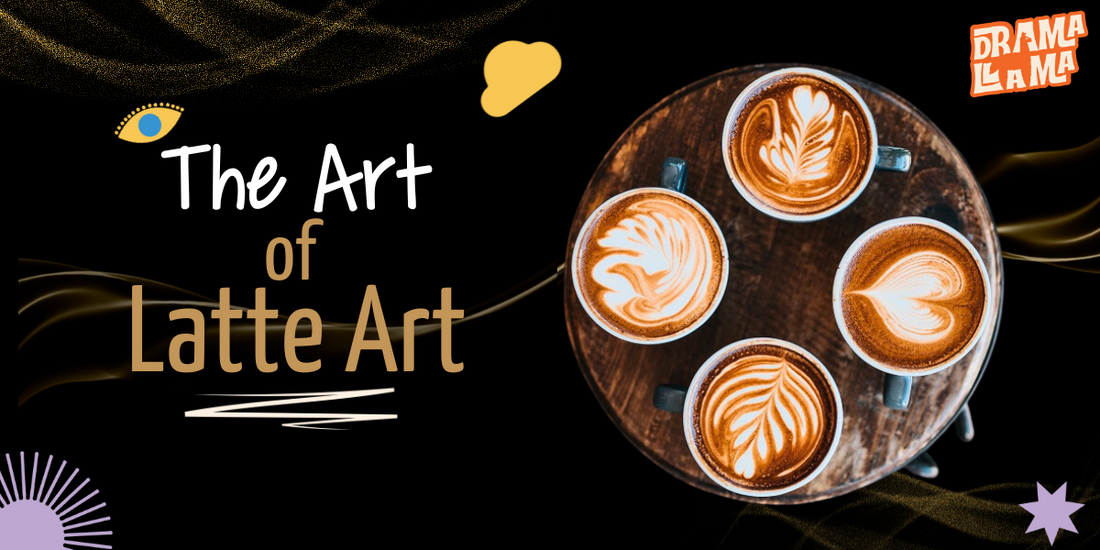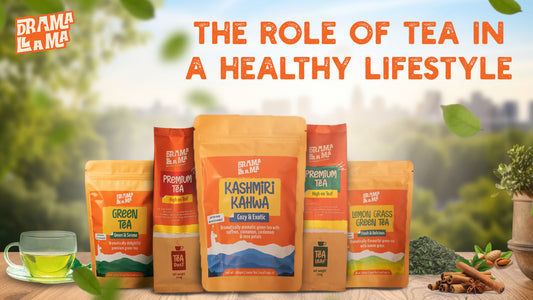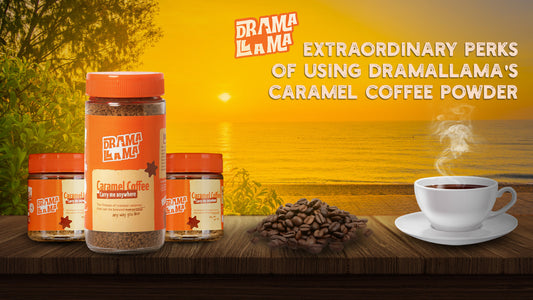Hey there coffee lovers! Have you ever been amazed by the beautiful coffee designs on top of your latte or cappuccino? Those intricate patterns that seem to magically appear in your cup are called latte art, and they are not only pleasing to the eye but also a sign of a well-made cup of coffee.
 |
In this blog post, we’ll explore the art of latte art, from the techniques used to create these designs to the inspiration behind them. So, grab your favorite mug and let's get started with coffee designs! |
Italy, the country that gave rise to the iconic milk-based espresso drinks, was where coffee was first made into visual art a few decades ago, but US coffee shops are to blame for popularizing latte art. In the late 1980s and early 1990s, the US popularized pattern-decorated coffee cups, which quickly spread to other countries.
Latte art or coffee designs made its way to Australia and the Nordic nations in the 2000s. Asia is currently experiencing the most boom, and Asian baristas excel in latte art competitions around the world.
"Asian baristas have a really strong work ethic, and they're persistent and motivated to get to the top," said barista teacher Kolpaktsi.
As consumer awareness of coffee as a whole has increased, so has latte art's appeal. Consumers today have learned to demand high-quality coffee. An expert barista who enjoys their work, ingredients, and customers will produce drinks that taste well, are served quickly, and have good pattern definition.
The hashtag #latteart is used in roughly three million Instagram images, and the most popular latte art or coffee designs videos on YouTube had around five million views. Barista championship winners gain popularity in social media and inspire other baristas around the world.
The best coffee powder that you can use for creating a latte art is either instant coffee/caramel coffee/hazelnut coffee.You can easily order online from DramalLama which has lightning fast delivery.
Techniques for Creating Latte Art or Coffee Desings
Latte art is created by pouring steamed milk into a shot of espresso, creating a pattern on the surface of the drink. There are two main techniques used in latte art: free pouring and etching.
 |
Free pouring is the most common technique used by baristas. It involves pouring the steamed milk into the espresso in a controlled manner, creating designs such as hearts, tulips, and rosettas. Etching, on the other hand, involves using a tool like a toothpick or latte art pen to draw designs on the surface of the drink. |
|
To create a design using the free pouring technique, start by steaming your milk until it has a smooth, velvety texture. Then, pour the milk into the espresso shot, slowly moving the pitcher in a circular motion to create a pattern. For a heart design, pour the milk directly into the center of the espresso and then, as the foam rises to the surface, move the pitcher back and forth to create the two lobes of the heart. |
 |
 |
Free pouring is the most common technique or coffee designs used by baristas. It involves pouring the steamed milk into the espresso in a controlled manner, creating designs such as hearts, tulips, and rosettas. Etching, on the other hand, involves using a tool like a toothpick or latte art pen to draw designs on the surface of the drink. |
 |
To create coffee designs using the free pouring technique, start by steaming your milk until it has a smooth, velvety texture. Then, pour the milk into the espresso shot, slowly moving the pitcher in a circular motion to create a pattern. For a heart design, pour the milk directly into the center of the espresso and then, as the foam rises to the surface, move the pitcher back and forth to create the two lobes of the heart. |
Inspiration for Latte Art or Coffee Designs
Latte art is a creative process, and there is no limit to the designs you can create. Some popular designs include hearts, rosettas, tulips, and even animals like bears and swans. But, where do baristas get their inspiration for these designs?
Latte art can be created using any type of coffee, but the most common type of coffee used is espresso. Espresso is a concentrated coffee that is made by forcing hot water through finely ground coffee beans under high pressure. This creates a rich, flavorful coffee that is perfect for latte art or coffee designs because it has a strong enough flavor to cut through the milk and create a contrast in color.
 |
The inspiration for latte art can come from anywhere - nature, art, or even pop culture. Some baristas use stencils to create precise designs, while others draw inspiration from the customer's order or the mood of the day. The key is to have fun and experiment with different designs until you find the ones that work best for you. |
|
If you don't have an espresso machine at home, you can still create latte art using strong brewed coffee or even instant coffee. However, the resulting designs may not be as defined or bold as those created with espresso. |
 |
Latte art can be created using any type of coffee, but the most common type of coffee used is espresso. Espresso is a concentrated coffee that is made by forcing hot water through finely ground coffee beans under high pressure. This creates a rich, flavorful coffee that is perfect for latte art because it has a strong enough flavor to cut through the milk and create a contrast in color.
 |
The inspiration for latte art can come from anywhere - nature, art, or even pop culture. Some baristas use stencils to create precise designs, while others draw inspiration from the customer's order or the mood of the day. The key is to have fun and experiment with different designs until you find the ones that work best for you. |
 |
If you don't have an espresso machine at home, you can still create latte art using strong brewed coffee or even instant coffee. However, the resulting designs may not be as defined or bold as those created with espresso. |
There are a variety of types of coffee and flavors that can be used for making lattes. Here are a few popular options:
Espresso: Espresso is the traditional coffee used for making lattes. It has a strong, bold flavor that pairs well with steamed milk.
Americano: An Americano is made by adding hot water to a shot of espresso, creating a coffee with a similar strength and flavor to drip coffee. This can also be used as the base for a latte.
Mocha: A mocha latte is made by adding chocolate syrup or powder to the espresso and steamed milk, creating a sweet and chocolatey flavor.
Vanilla: A vanilla latte is made by adding vanilla syrup to the espresso and steamed milk, creating a sweet and creamy flavor.
Caramel: A caramel latte is made by adding caramel syrup or caramel coffee powder to the espresso and steamed milk, creating a sweet and buttery flavor.
Hazelnut: A hazelnut latte is made by adding hazelnut syrup or hazelnut coffee powder to the espresso and steamed milk, creating a nutty and sweet flavor.
Pumpkin Spice: A seasonal favorite, a pumpkin spice latte is made by adding pumpkin spice syrup and steamed milk to the espresso, creating a warm and spicy flavor.
These are just a few examples, but the possibilities are endless when it comes to creating your own unique latte flavors!
Here are recipes for each of the flavored lattes mentioned:
Espresso Latte:
- Pull a shot of espresso and pour it into a latte glass or mug.
- Steam milk until it has a smooth and velvety texture.
- Slowly pour the steamed milk into the espresso, holding back the foam with a spoon.
- Use the spoon to add the foam on top of the latte.
Mocha Latte:
- Pull a shot of espresso and pour it into a latte glass or mug.
- Add 1-2 tablespoons of chocolate syrup or powder to the espresso and stir well.
- Steam milk until it has a smooth and velvety texture.
- Slowly pour the steamed milk into the espresso and chocolate mixture, holding back the foam with a spoon.
- Use the spoon to add the foam on top of the latte.
- Optional: garnish with whipped cream and a drizzle of chocolate syrup.
Vanilla Latte:
- Pull a shot of espresso and pour it into a latte glass or mug.
- Add 1-2 tablespoons of vanilla syrup to the espresso and stir well.
- Steam milk until it has a smooth and velvety texture.
- Slowly pour the steamed milk into the espresso and vanilla mixture, holding back the foam with a spoon.
- Use the spoon to add the foam on top of the latte.
- Optional: sprinkle with cinnamon or nutmeg.
Caramel Latte:
- Pull a shot of espresso and pour it into a latte glass or mug.
- Add 1-2 tablespoons of caramel syrup or powder to the espresso and stir well.
- Steam milk until it has a smooth and velvety texture.
- Slowly pour the steamed milk into the espresso and caramel mixture, holding back the foam with a spoon.
- Use the spoon to add the foam on top of the latte.
- Optional: drizzle with extra caramel syrup.
Hazelnut Latte:
- Pull a shot of espresso made with hazelnut coffee powder and pour it into a latte glass or mug.
- Add 1-2 tablespoons of hazelnut coffee powder to the espresso and stir well.
- Steam milk until it has a smooth and velvety texture.
- Slowly pour the steamed milk into the espresso and hazelnut mixture, holding back the foam with a spoon.
- Use the spoon to add the foam on top of the latte.
- Optional: sprinkle with chopped hazelnuts.
Pumpkin Spice Latte:
- Pull a shot of espresso and pour it into a latte glass or mug.
- Add 1-2 tablespoons of pumpkin spice syrup to the espresso and stir well.
- Steam milk until it has a smooth and velvety texture.
- Slowly pour the steamed milk into the espresso and pumpkin spice mixture, holding back the foam with a spoon.
- Use the spoon to add the foam on top of the latte.
- Optional: garnish with whipped cream and a sprinkle of pumpkin spice.
Follow us at : Instagram


